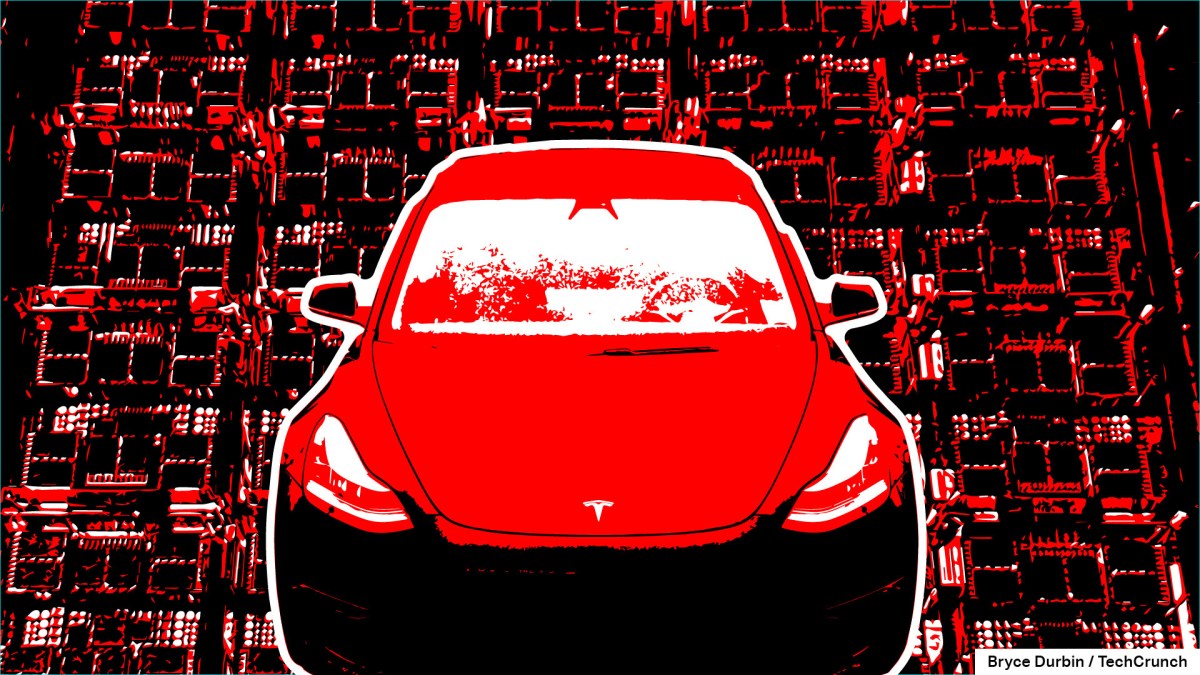AI brings a whole new dimension to the challenge of organizational transformation | TechCrunch

Let’s start with the premise that change is hard for everyone. It’s even harder at scale for a large organization. As we’ve watched large organizations over the last 15 years try to embrace mobile, Big Data, the cloud and general digital transformation, we have seen many of them struggle again and again to implement these technologies. Today, it’s AI that is forcing companies and their employees to change, whether they like it or not.
Part of the problem is technical debt, the notion that an organization’s tech stack has to evolve to take full advantage of the new technologies, rather than using a set of technical capabilities designed for a prior era. It’s not easy to try and change something that is fundamental to running a business without risking messing up what works already. Not too many managers are going to fully embrace that kind of change. Substantive change involves tremendous risk along with enormous potential.
Another part of the problem is institutional inertia. It’s just hard to change how people do things. Let me tell you the story of when I was a technical writer many years ago, and we were implementing a computer system at a small town register of deeds. The town’s deeds were on paper and filed in cabinets. It was manual and unwieldy, making tracing deeds a process that could take weeks because people had to manually dig through the paper morass.
The computer system was clearly better, but the workers at the front desk who dealt with the public weren’t sold. Part of their job was to stamp completed documents with a rubber stamp, which they did with great gusto, before they were sent away to be filed. For these clerks, who had worked the counter for 20 or 30 years, the stamp represented their identity and sense of power. They didn’t want to give it up.
Eventually, the system architect just simply gave in and let them keep their stamp. Even though it was really no longer required for an online system, it got them to buy into the change.
Which brings us to the biggest problem of all: change management. The hardest component of implementing new technology isn’t shopping, buying, testing and implementing it. It’s getting people to use it, and you often have to let them keep their stamp or they are going to sabotage even the best intentions of the team implementing the solution.
Think about all of that, and then consider the level of change that AI brings, and you see a much more radical adjustment on the horizon around the way we work. The people holding the stamps see their power slipping away, and you have to be careful not to alienate them or you could be flushing money down the drain.
In the end, organizations are people and people are messy, and you have to look beyond the tech to the end goal: implementing new software that could transform the business.
AI is a whole new way of working
Large technological shifts inside organizations are nothing new. The advent of the PC in the 1980s and the rise of the spreadsheet and word processor was one such moment. The internet and World Wide Web was another, but AI could be bigger than these previous waves of change.
“The internet era lowered the cost of information transmission, and CIOs rode that thing and brought digital technologies inside of their organizations and so forth. But AI is a markedly different type of technology. It’s lowering the cost of expertise,” Karim Lakhani, faculty chair at Harvard’s Digital Data Design Institute, told TechCrunch.
Box CEO Aaron Levie takes it one step further, saying this is the first time that a computer is doing the work a person did previously, rather than helping the person do that work more efficiently. “So it’s a new relationship with computers because computers are making judgment decisions. They’re assessing information. They’re working through our data in ways that like a human would,” Levie said, and companies need to start rethinking about the role of computing in the organization.
“There’s a whole new set of frameworks and paradigms that we have to evolve as a result of what AI can now do inside of an enterprise context,” he said. That means starting to think about how this technology will affect the organization overall and looking at issues like answer accuracy, data leakage, what data is used to train models and so forth.
Of course, Levie thinks his company’s platform has been built to deal with these issues and help customers work through them, but companies are dealing with multiple vendors telling them a similar story, and it tends to make it more difficult to find the ones that can truly help and add value.
Is this thing working?
One big problem facing organizations is figuring out whether generative AI is really delivering on the promise of increased productivity; there currently isn’t a good way to make a direct connection between GenAI capabilities and increased productivity. That makes it harder to sell this internally to skeptical workers, who might be concerned about their own futures as they implement AI.
On the flip side, there will be employees demanding these new tools, and that tension could create further organizational stress as managers work to figure out how to implement AI across a company with a range of opinions about how it will affect work.
Some people like Jamin Ball, partner at Altimeter Capital, have written that the technology is so transformative that companies have to take the leap, whether they see the immediate benefits or not. “Right now the world is evolving — AI is a massive platform shift. And by NOT adopting / spending on it, you risk losing market share and slowly becoming irrelevant,” he wrote in his Clouded Judgement newsletter in July.
Rita Sallam, a Gartner analyst, says if you look back at the days of the first word processors, the value proposition was never really about saving money by taking out the secretarial pool. It helped create a new way of working — and AI brings a similar value proposition.
“Cutting out the secretarial pool probably didn’t justify that cost. But when you think about removing the physical limitation to ideation, of writing your ideas and iterating your ideas, and then giving that to everyone in the organization, my guess is, though we can’t prove it, it unleashed a whole era of potential innovation, and the ability for people now to curate their thoughts in a whole different way,” she said. Those kinds of changes are hard to measure, but they are huge benefits nonetheless.
Getting executive buy-in has always been a crucial piece of the digital transformation puzzle. Like PCs before them, the cloud transformed how companies did business.
Lakhani says AI is different from the cloud because CEOs can get this by using it. It doesn’t require any real technical explanation to see its power, and that could help drive change inside organizations. “My sense is that I think what’s different and what is accelerating the hype is that the Davos crowd of CEOs and board members and people that influence corporate strategy and so forth now have access to these tools, and can start to see some of their own problems being solved this way,” he said.
But that doesn’t mean that vendors can simply pour into organizations and sell their solutions. They have to figure out how to show value.“The hyperscalers and vendors have to do a better job of showing how organizations can actually adopt this stuff,” he said.
But getting past the people problem will be an even bigger hurdle. Lakhani says there are three truisms in place as organizations undertake this challenge. First of all, he says, “Machines won’t replace humans, but humans with machines will replace humans without machines.” Secondly, he says, “AI will fail at the front lines if you don’t think about the change mandate as top down, and create the incentives for the ‘stamp makers’ to actually adopt and feel good about what they’re doing.” He says if you try to ram it down their throats, it’s going to fail, so you have to define for everyone how and why to change, and not use the ‘because I said so’ approach.
Nobody says this is going to be easy. Organizations have different levels of maturity and different degrees of technological readiness. But people are people, and substantive change doesn’t come easily inside large companies. AI is going to test organizational flexibility more than any other technology has in the past, and it’s not hyperbole to suggest that some companies could live and die on how deftly they handle it.





